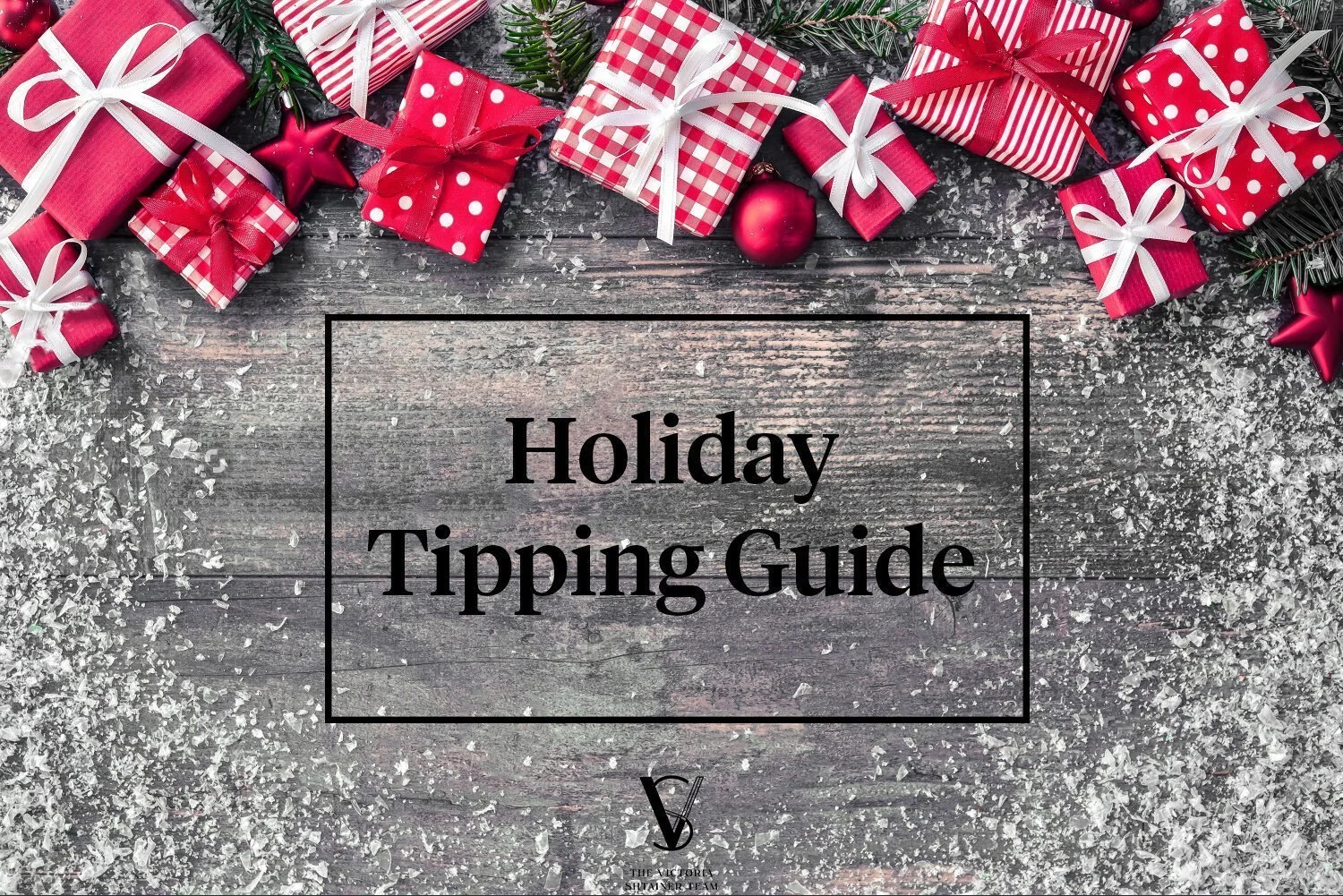In the middle of 5th Avenue, between the historic and classic upper 5th avenue and vibrant downtown, is a vibrant neighborhood of its own – NoMad. This area, “North of Madison Square Park, or NoMad, has become home to some of the newest shops, luxury hotels, and restaurants. Some regard NoMad as the intersection of the East and West Sides as well as of Uptown and Downtown.
At this crossroads, a new residential tower by world acclaimed architect Raphael Vinoly is rising to a height of 55 stories. Vinoly captured New York and the world’s attention with his slender Midtown tower, 432 Park Avenue.
His NoMad tower, 277 5th Avenue, will be one of the most notable residential buildings to come to the vibrant neighborhood. Vinoly his bringing his signature design to the tower which will have a sleek and tailored exterior with the façade composed of custom reinforced cast concrete panels and a glazed curtain wall system. The modern tower will rise 55 stories above 5thAvenue.
About the Building
277 5th Avenue is designed to take advantage of the wonderful views of the iconic New York skyline as well as make a lasting impression through both its exterior and interior designs. The building will be composed of 130 residences of which every unit will be a corner unit, something very unique and coveted. Residences range in size from 1 bedroom to 4 bedroom penthouses. Every home will feature either a living room or master bedroom with corner exposures.
Residences are immediately greeted upon entering the building with an impressive double-height lobby. The sense of space and light are carried into the residences which feature 10-11 ft ceilings in the living spaces as well as floor-to-ceiling glass walls. There is a small collection of very unique “Loggia Residences”, 4 to be exact, which feature ceiling heights up to 20 feet and private, double-height, outdoor loggias.
Residences
The interior of the shared spaces as well as the private residences are designed by Jeffrey Beers International. Born and raised in New York, Beers has designed some of the interiors for the best restaurants in the city such as Porter House as well as boutique hotels. When thinking about the interiors for 277 5th, he wanted something that complimented and worked off of Vinoly’s sleek, tailored exterior, something that reminded him of home.
To bring is vision to life, Beers selected a warm color palette opting for materials such as travertine, oak, walnut, and onyx. These materials create a palette throughout that is filled with warm, earth tones.
Kitchens feature pale oak cabinets and white Italian marble countertops with integrated Miele appliances. Natural colors are continued throughout the bathrooms with master bathroom featuring Bianco Dolomiti marble tile flooring, custom walnut vanity, and a steel enamel tub. Secondary bathrooms and power rooms have similar finishes.
In addition to the selection of finishes, all residences are designed for views, taking in the vistas of the skyline. Kitchens and baths are centered around views thanks to floor-to-ceiling window walls.
Amenities
· Fitness club with separate yoga studio and training rooms
· Men’s and Women’s spa with sauna and steam room
· Entertaining Suite
· Fifth Avenue Terrace
· Private Dining Room
· Kid’s Play Room
Sample Availability
One Bedroom: Starting at $1.905M with Estimate Common Charges of $1,223 and Estimate Real Estate Taxes $1,331.
Two Bedroom: Starting at $2.88M with Estimate Common Charges of $1,936 and Estimate Real Estate Taxes $2,108.
Three Bedroom: Starting at $5.58M with Estimate Common Charges of $2,572 and Estimate Real Estate Taxes $2,800.
Images Via 277 Fifth



























